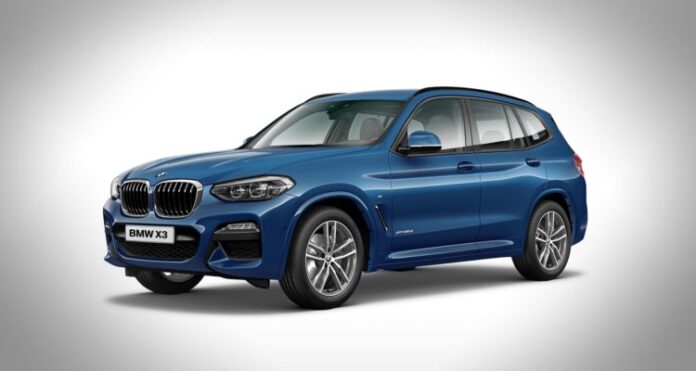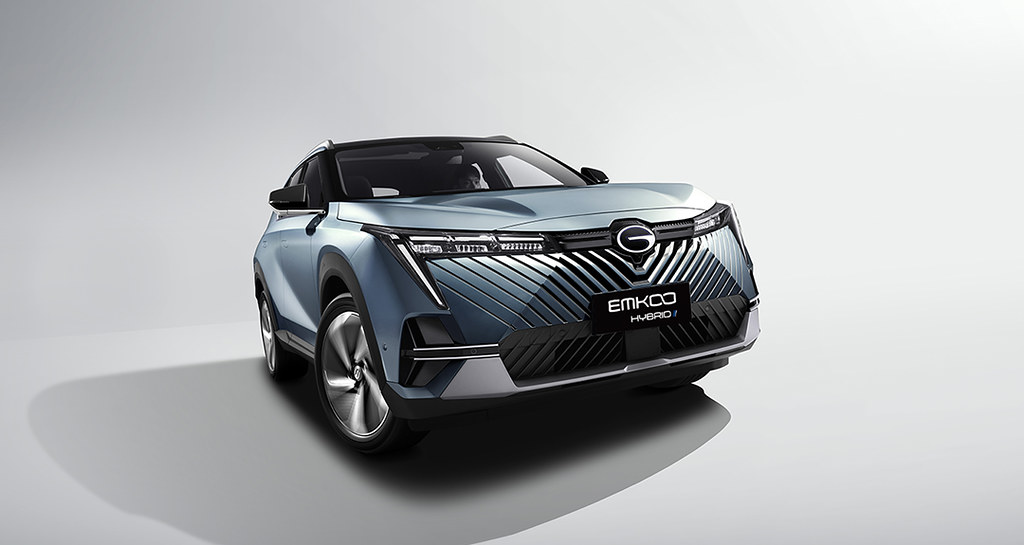To give you an impression of truly how big the all-new third-generation BMW X3 has become, just park it side by side with the first-generation BMW X5—a model that’s a full class larger than its sibling. The latest X3 is an inch and a half longer, an inch wider, and has a wheelbase that’s almost two inches longer. (Of course, the latest X5 has grown commensurately bigger as well).
The X3 turns 15 this year. The much more compact first model (E83) debuted to worldwide acclaim in 2003, then was supplanted by the second-gen version (F25) in 2010. The original X3 was more in line with European tastes—compact yet functional with a relatively high level of luxury, safety, and comfort features. It was made in Graz, Austria.
The second-gen X3 was slightly bigger and more luxurious—more in line with US tastes—and was manufactured in BMW’s Spartanburg facility in South Carolina (like its bigger X5 and X6 siblings). And now, BMW unveils the yet bigger all-new X3 (now code-named G01), still made in Spartanburg. Despite its larger dimensions, it still boasts BMW’s trademark 50:50 front/rear weight distribution.
Using entry-level loosely
We got to test the “entry-level” variant—the X3 xDrive20d xLine with the grille and other exterior details in satin aluminium and specific 19-inch alloy wheels. The higher end (200 grand more) X3 xDrive20d M Sport boasts M aerodynamic features, more aggressive-looking 19-inch wheels, and an exclusive new shade of Phytonic Blue. The expressive “3D” kidney grille and fog lamps sport a hexagonal design for the first time on a BMW X model. The 3D LED taillights, downward-sloping roof spoiler, and twin tailpipes allow the new X3 to look sporty and muscular.
From any angle, the X3 can be mistaken for an X5—the size, the proportions, the elegant yet assertive road presence. It’s truly come a long way since the stark minimalist design of its first-gen predecessor.
Speaking of elegance, our xLine test unit comes standard with full Vernasca leather upholstery, as well as décor stitching and interior trim strips in black high-gloss with highlight trim finishers in beautiful Pearl Chrome.
For your comfort
Both variants come with a number of new, comfort-enhancing features not offered in its predecessor. These include three-zone automatic climate control, which adds separate temperature controls for the rear compartment, driver and front passenger. The windshield’s acoustic glazing helps achieve extremely low noise levels in the interior, even at high speeds.
To further improve rear-seat comfort, the angle of the standard 40:20:40 split/folding rear seat backrests can be adjusted individually. This feature also allows the backrests to be conveniently released from the rear of the vehicle, expanding the load capacity from 550 to 1,600 liters. And thanks to the greater dimensions, passenger and cargo space will make you want to go on long road trips—in true lap of luxury.
How it drives
On-road dynamics retails BMW’s trademark uncanny balance of supple ride and responsive handling. Throttle responsiveness is a delight, thanks to the stout 400Nm of torque available across a wide spread from a very low 1,750rpm to 2,500rpm. No need for high revs to get the X3 going. Numbers? Zero to 100km/h in eight seconds and a 213km/h top speed—not bad for the entry-level model of the range. (If you want outright sports car performance, the X3 M40i can zip to 100 in 4.8 seconds.)
In addition to the latest version of the standard BMW iDrive system, the Navigation system Professional opens up the touchscreen and gesture control—functions previously available only on the latest 7 Series and 5 Series. The 10.25-inch central display provides a quick summary of the most pertinent information, and offers users intuitive access to whatever they are looking for. Gesture control allows numerous infotainment system and telephone functions to be operated intuitively using finger and hand gestures.
Parking Assistant makes parking easier as the system measures available space and aids the driver in steering, acceleration, braking, and gear selection to automatically park the car into parallel and perpendicular spaces.
Drop it low
Lowering a car’s weight is key in fuel efficiency and agility. In addition to the use of plastics and state-of the-art composites, lots of aluminum was used in the engine and suspension. The new X3 is a full 55 kilograms lighter than its predecessor.
The new X3 also boasts a class-leading drag coefficient (Cd) of 0.29, for better fuel economy and lower wind noise when cruising. The X3 also features additional underbody cladding that provides unprecedented underbody sealing. Further refinements, such as the restyled roof spoiler with aero edges at the sides, round off its aerodynamic superiority.
VERDICT
The new X3 is priced higher than ever, but it’s increased size, greater power, improved fuel efficiency, more generous space, better performance, plus its higher number of luxury, comfort and convenience features, all conspire to not just make the BMW X3 the best iteration of the model ever, but to actually give it the best value for money yet.
| Specifications | |
| Engine | 190ps/400Nm 2.0-liter turbo diesel inline-4 |
| Transmission | 8-speed Steptronic automatic |
| Drive | All |
| Suspension | MacPherson struts/Multi-links |
| Brakes | Vented discs with ABS and EBD |
| Tires | 225/60R-18 |
| L x W x H | 4,708 x 1,891 x 1,676mm |
| Wheelbase | 2,700mm |
| Price | P4,390,000 |

















